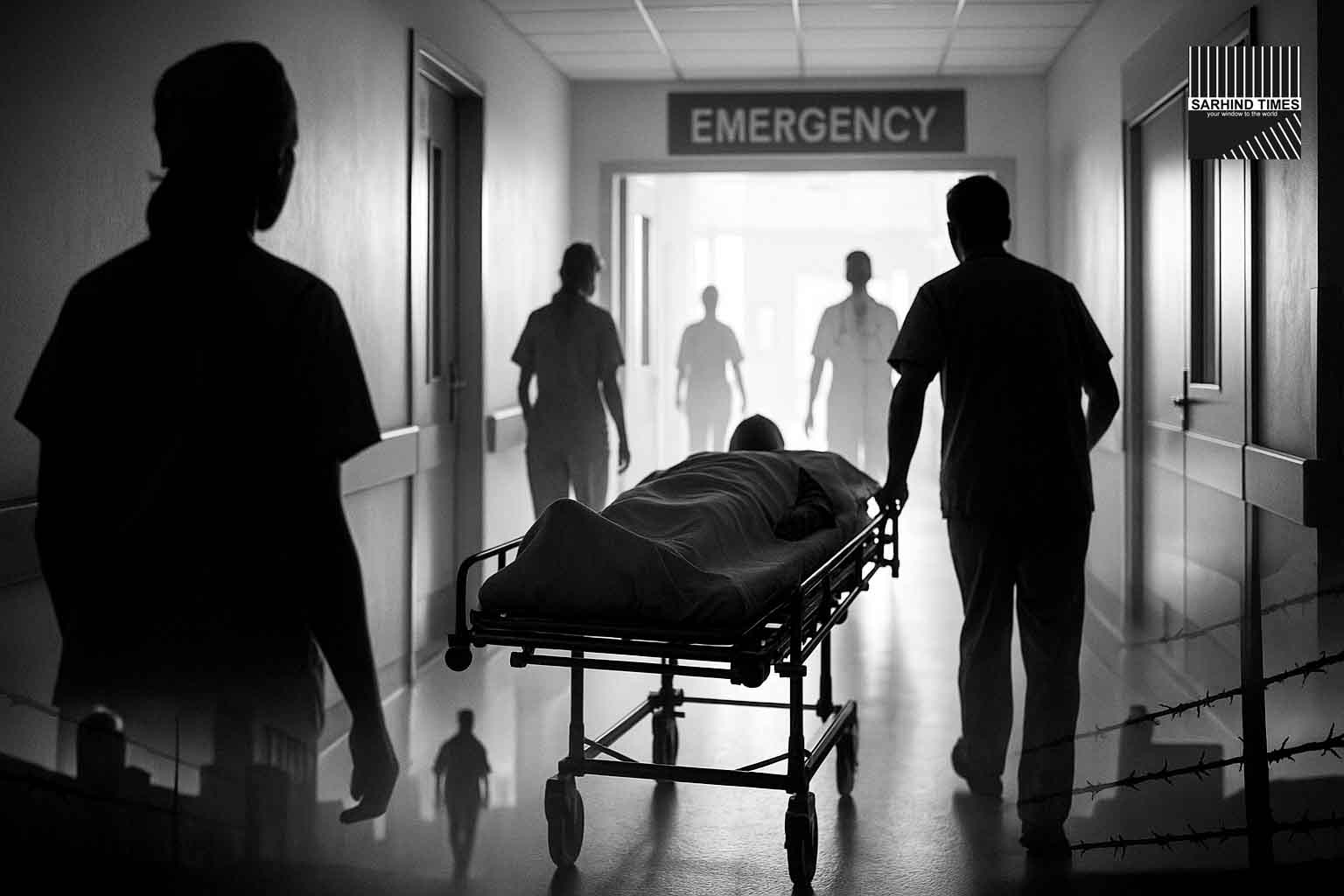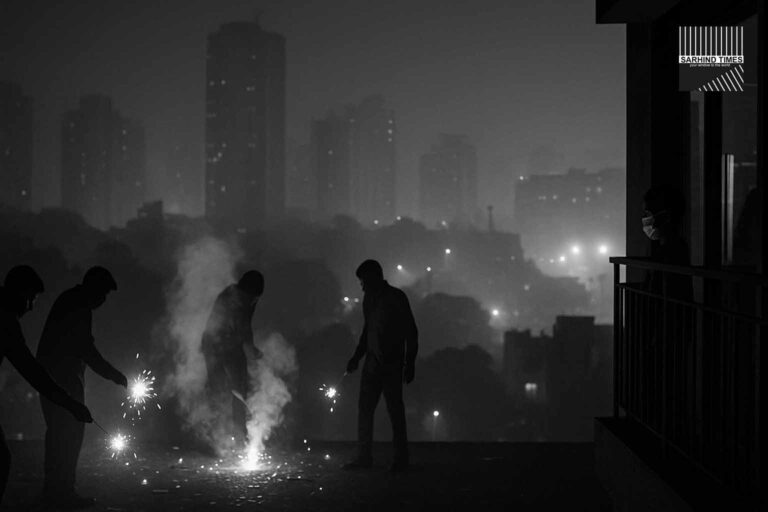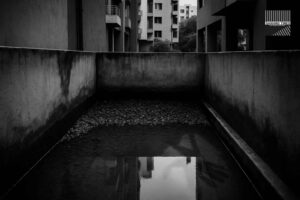Gurugram, October 12, 2025 — With Diwali — the festival of lights — just around the corner, Gurugram’s health authorities have swung into action to prepare for a spike in burn and respiratory emergencies. The district health department has directed hospitals and sub-divisional facilities to set up special burn wards, maintain 24×7 readiness, stock medicines and oxygen, and deploy emergency responders strategically across areas likely to see firecracker use and air pollution surges. Officials warn that pollution, smoke inhalation, and mishandling of fireworks often combine to overwhelm emergency services. The proactive gear-up is expected to reduce critical response delays and prevent avoidable complications.
Below is an in-depth look at the preparations, risks, past patterns, challenges, recommended precautions, and the road ahead for safety in Gurugram this Diwali.
Official Preparations & Directives
Hospitals & Burn Wards Activation
According to Hindustan Times, the Civil Hospital in Sector 10A is being assigned a dedicated burn ward, and sub-divisional hospitals in Sohna and Pataudi are being similarly readied.
- At the Sector 10A facility, 30 of 200 beds will be reserved for burn victims in a specially outfitted septic ward complete with patient monitors, suction devices, infusion pumps, and oxygen concentrators.
- In the Sohna sub-divisional hospital, five beds have been dedicated with scope to expand to ten if needed.
- Health workers, doctors, and critical care teams are being advised to remain on standby round the clock.
- Emergency medical services will be coordinated to ensure swift ambulance coverage across hotspots.
Respiratory & Pollution Response
Recognizing that Diwali’s fireworks exacerbate air quality, the health department is also preparing for respiratory distress:
- Advisories urge mask use, limiting outdoor exposure, especially for vulnerable groups (children, elderly, asthma / COPD sufferers).
- Hospitals will stock anti-inflammatory, bronchodilator, and oxygen therapy drugs.
- Eye care units in government hospitals, polyclinics, and PHCs are prepping for extended hours to treat conjunctivitis and eye irritation after smoke exposure.
- The district’s hospital network is cautioned to keep a buffer in oxygen supply and emergency consumables.
Officials emphasize that this is not merely a seasonal readiness — it is an essential measure in a region already under chronic air pollution and dwindling lung-health resilience.
Historical & Medical Patterns: What Past Diwalis Show Us
Burn Injuries Surge During Diwali
Data over past Diwalis show a clear spike in burn injuries:
- In Gurugram’s Civil Hospital (Sector 10), 32 Diwali-related injuries were treated recently — including burns and respiratory cases.
- A retrospective 5-year study in New Delhi (published in 2024) found that diya burns (earthen lamp burns) accounted for ~32.5% of burn admissions during Diwali periods. A major cause was leaving a lit diya on the floor.
- Across Delhi hospitals, multiple burn and eye injury cases were reported on Diwali night from fireworks, “pipe contraptions,” and other unsafe practices.
- Typically, firecracker burns affect hands, face, eyes, and upper limbs. Many are superficial, but some escalate to deeper burns and infections requiring inpatient care.
Respiratory Flare-Ups & Pollution Risks
- Numerous health facilities report upticks in respiratory complaints after Diwali due to smoke, particulate matter, and smog accumulation.
- The combination of firecracker emissions, dust, vehicle pollution, and lower temperatures encourages thermal inversion—trapping pollutants near the ground and worsening air quality.
- Vulnerable populations (children, elderly, those with asthma or COPD) tend to disproportionately suffer during this period.
Because Diwali-related injuries combine burns, smoke inhalation, eye damage, and cut wounds, a broad emergency readiness approach is essential.
Challenges & Risks in Gurugram’s Health Response
Bed Shortage & Infrastructure Constraints
- Even in normal times, burn wards are resource-intensive (sterile rooms, infection control, wound care) and often constrained in bed count and staff.
- In Gurugram, multiple reports suggest bed shortages; the dedicated 30-bed allotment is acknowledged to be a makeshift emergency measure.
- Sub-divisional hospitals may lack sophisticated burn infrastructure (grafting, plastic surgery units), depending heavily on city hospitals or transfers.
Surge Load & Mass Casualty Risk
- If a large accident or multiple incidents occur in quick succession, facilities may be overwhelmed.
- Timely triage, ambulance dispatch, and transport to equipped burn centers matter crucially.
Infection and Comorbidity Risk
- Burns expose patients to infection risk; remote or untreated burns worsen outcomes.
- Smoke inhalation and respiratory compromise may worsen in patients with comorbidities (heart disease, lung disease).
Interagency Coordination
- Management requires coordination among hospitals, ambulance services, municipal services (for fire, safety), pollution monitoring agencies, and public communication departments.
- Delayed communication or resource mismatches could hamper response times.
Public Awareness & Behavior
- Much depends on how safely people handle fireworks, supervise children, use protective measures, and respond quickly when accidents occur.
- Absence of first aid knowledge or delays in reaching care worsen damage.
What Must Be Done: Proactive Measures
For Health Authorities & Hospitals
- Full Mobilisation & Staffing
- Deploy extra doctors (burn, plastic surgery, anesthesia), nurses, support staff to emergency, OT, ICUs.
- Set up shift rosters ensuring 24×7 coverage.
- Equipment & Consumables Buffer
- Stock enough wound dressings, antiseptics, grafting materials, IV fluids, analgesics, antibiotics, and oxygen cylinders.
- Ensure backup power, ventilation, negative-pressure or sterile rooms.
- Triage Protocols & Referral Links
- Set up clear triage flow: minor burns at local hospitals, severe cases shifted to higher-level burn centers.
- Predefine referral routes and ambulances with burn equipment (dressings, nebulisers).
- Ambulance & EMS Positioning
- Strategically deploy ambulances across sectors likely to see firecracker use or public gatherings.
- Ensure ambulances are equipped with first aid for burns and respiratory distress.
- Awareness & Communication
- Broadcast public advisories on safe firecracker use, first aid burn management, mask use, and limiting outdoor exposure.
- Collaborate with local media, social media, community groups to propagate safety messaging.
- Coordination with Pollution / Municipal Bodies
- Monitor AQI levels and issue red alerts if pollution soars.
- Coordinate with municipal noise & firework control, street cleaning, water sprinkling to reduce dust.
- Post-Diwali Watch & Review
- After Diwali, collect data on burn / respiratory cases, analyze patterns to refine future planning.
- Audits of hospital readiness performance.
For Residents / Public
- Use certified fireworks, purchase from licensed sellers.
- Maintain distance when lighting fireworks; wear protective gloves and eyewear.
- Keep first aid kit ready: sterile gauze, cool water, aloe gel, burn collyrium.
- If burn occurs, cool under water for 10–20 minutes; avoid applying creams or powders indiscriminately.
- For breathing discomfort, use masks (N95 / PM2.5), limit outdoor exposure, close windows if smog is high.
- Avoid lighting fireworks in narrow lanes or near flammable materials.
- Monitor children closely; discourage children from handling crackers without adult supervision.
Outlook & What to Watch This Diwali
- Patient Influx Numbers: Monitor whether burn + respiratory cases exceed baseline significantly.
- Bed Occupancy & Overflow: Whether notified wards are fully occupied; how hospitals manage overflow.
- Response Time & Emergency Dispatch: Whether ambulances reach accidents quickly.
- Referral & Transfer Efficiency: Smooth shifting of severe cases to burn centers outside Gurugram, if needed.
- Public Behavior & Incidents: Whether serious accidents (firecracker blasts, housefires) occur.
- Post-Festival Analysis & Data: Hospitals’ retrospective data (cases, outcomes) will inform readiness next year.
- Media / Public Reporting: Whether authorities widely publicize case counts, tips, and accountability metrics to encourage compliance.
Conclusion
Gurugram’s health department’s activation of burn wards and emergency readiness for Diwali is a necessary and welcome step in safeguarding citizens against preventable harm. However, the success of this effort depends not just on hospital readiness, but on public prudence, interagency coordination, resource sufficiency, and system resilience in the face of surge demand.
If everything goes well, many injuries may be mild, promptly managed, and the emergency burden contained. But if lapses occur—delays, resource shortages, mass accidents—the consequences can be severe. The next few days will test the system’s capacity and the public’s adherence to safety norms.
May this Diwali be celebrated with light, joy — and without avoidable injuries.
#Gurugram #Health #Diwali #BurnCare #Pollution #Safety























+ There are no comments
Add yours